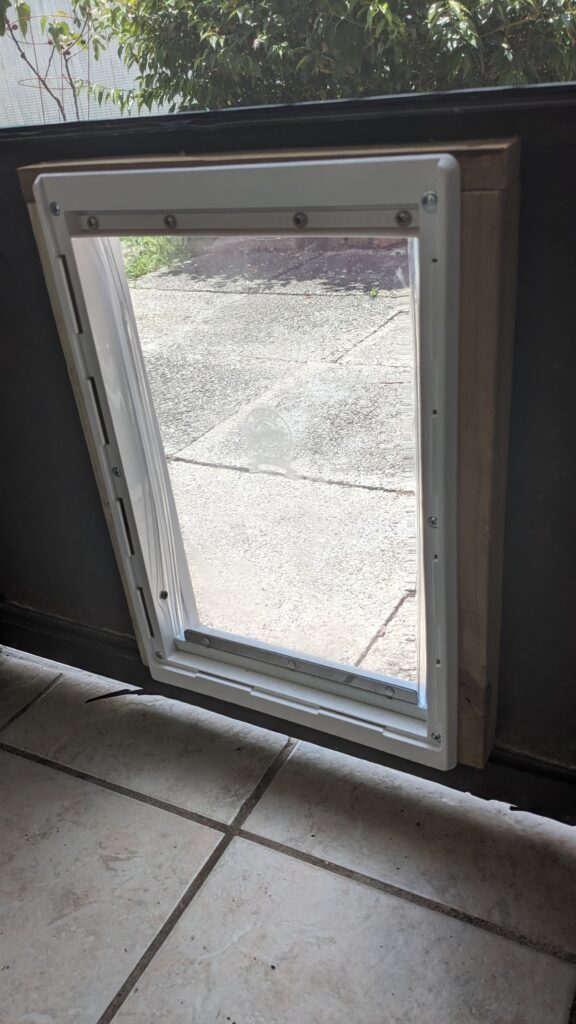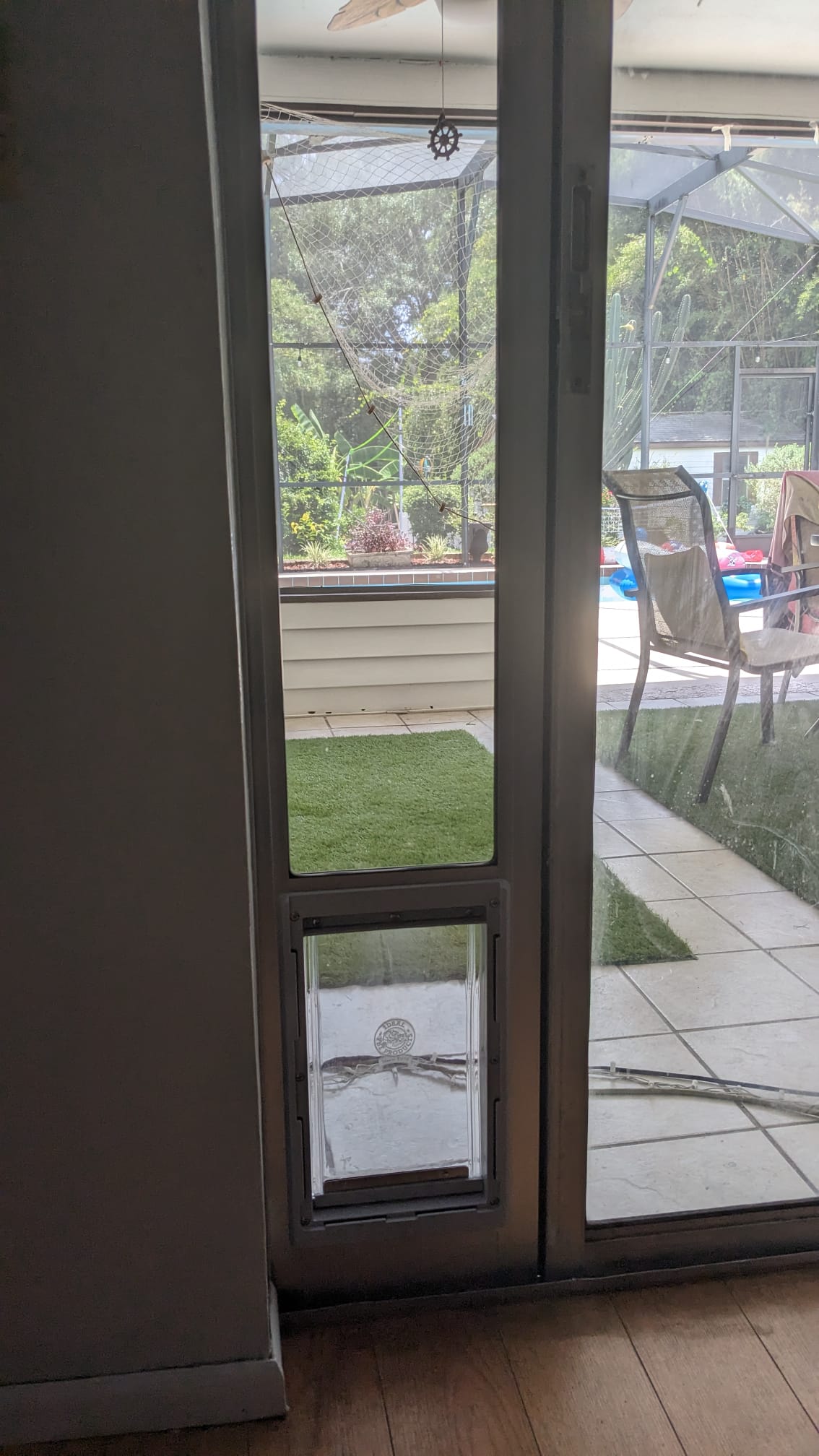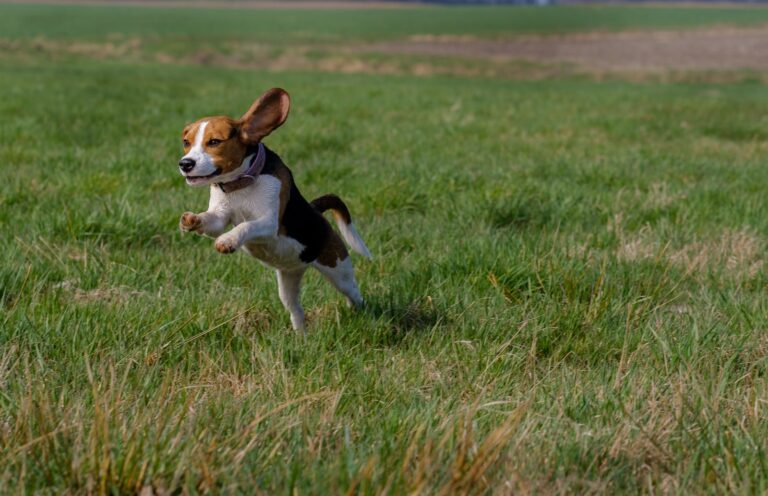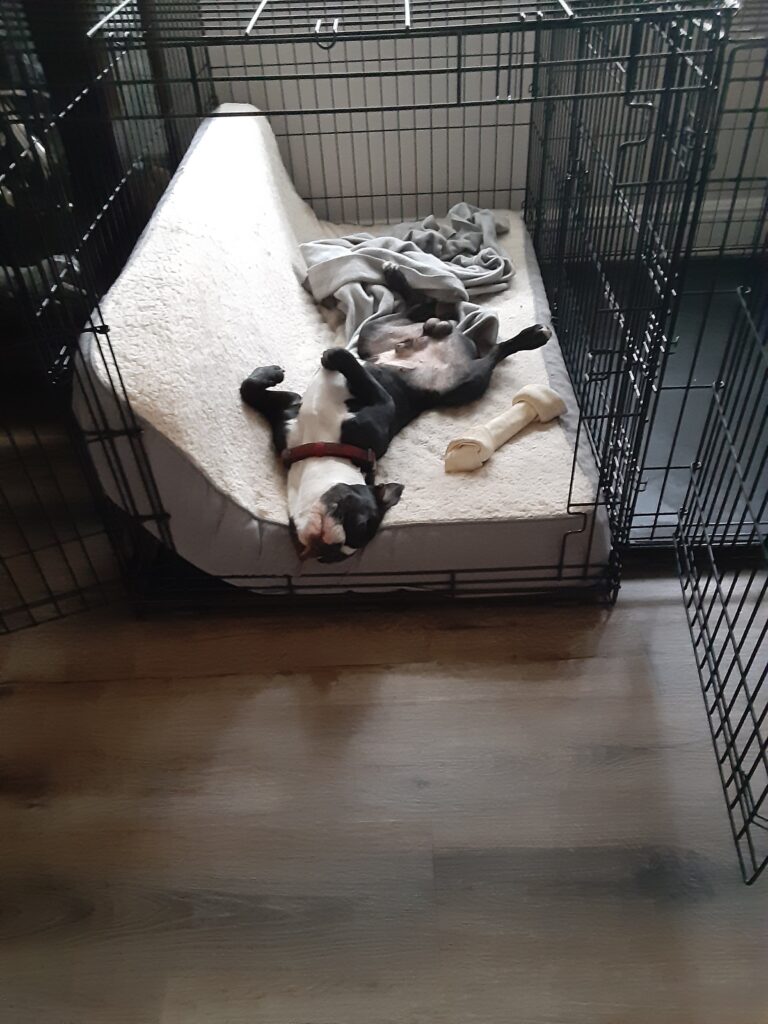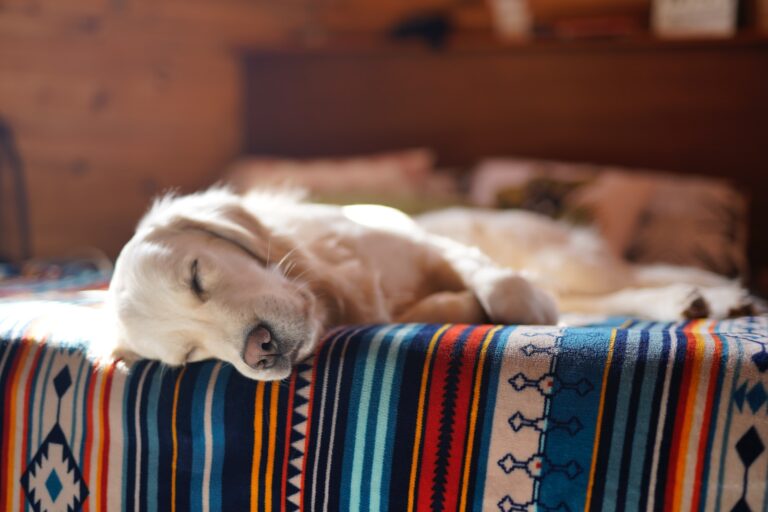Importance of a Pet Door
A pet door, also known as a doggy door or cat door, is a small opening in a door or wall that allows pets to move freely between the indoors and outdoors without requiring human assistance. Pet doors come in various types and sizes to accommodate different pets and installation needs. Here are some common varieties of pet doors:
- Traditional Flap Pet Doors: These are the most common type of pet doors and consist of a flap that swings open and closed. They are typically installed in exterior doors or walls. Flap pet doors come in different materials like plastic, vinyl, or rubber, with some featuring magnetic closures to keep the door sealed when not in use.
- Electronic or Automatic Pet Doors: Electronic pet doors use sensors or microchips to allow access only to specific pets with corresponding collar tags or microchips. These doors offer security by preventing unwanted animals or pests from entering your home. They can be programmed to lock or unlock at specific times or under certain conditions.
- Sliding Glass Door Inserts: Designed for homes with sliding glass doors, these pet doors fit into the existing sliding door frame. They are easy to install and don’t require any permanent alterations to your home. Sliding glass door inserts come in various sizes to accommodate different pet sizes.
- Wall-Mounted Pet Doors: Wall-mounted pet doors are installed directly into an exterior wall of your home. They provide a secure and discrete entry point for your pets while maintaining the integrity of your doors. Wall-mounted pet doors often come with tunnel extensions to fit different wall thicknesses.
- Patio Panel Pet Doors: These pet doors are designed to fit into the track of a sliding glass door, allowing your pet to move freely between the house and the patio. They are a convenient option for renters who may not want to make permanent modifications to their home.
- Screen Door Pet Doors: Designed for homes with sliding screen doors, these pet doors fit into the screen door frame, allowing your pet to access the outdoors while keeping insects out. They are typically removable and easy to install.
- Window-Mounted Pet Doors: Window-mounted pet doors are installed directly into a window frame. They are a good option if you want to give your pet access to a specific area of your home without altering doors or walls.
- Custom Pet Doors: In some cases, custom pet doors may be necessary, especially if you have an unusually sized or shaped opening, or if you want a pet door that matches your home’s aesthetic. These doors are typically more expensive but offer a tailored solution.
When choosing a pet door, consider the size of your pet, the location where you plan to install it, your pet’s specific needs, and any security concerns. Additionally, ensure that the pet door is adequately insulated to prevent drafts and maintain energy efficiency in your home.
Installing doggy doors can be beneficial for both you and your pet. Here are some reasons why you might consider installing a doggy door:
- Convenience for your pet is one of the primary benefits of having a doggy door. These ingenious devices offer your furry friend the freedom to move in and out of the house as needed, whether it’s for a bathroom break, some playtime, or just to enjoy the fresh air. This convenience becomes particularly valuable when you’re not at home, as it allows your dog to access the yard independently without having to wait for your return or rely on your availability to let them in or out.
- Imagine a scenario where you’re at work, running errands, or even just catching up on some well-deserved rest, and your dog needs to go outside. With a doggy door in place, your loyal companion can take care of their needs without any undue stress or discomfort. They can venture into the yard for a quick potty break, stretch their legs, or bask in the sunshine, all at their own pace. This independence not only benefits your pet’s overall well-being but also reduces the risk of accidents or discomfort from having to hold it in.
- Moreover, the installation of a doggy door in your home goes beyond mere convenience; it fosters a profound sense of autonomy and well-being in your furry companion. With this newfound access to the outdoors, your pet can embark on mini-adventures, explore the vast expanse of your yard, and engage in a world of sensory discovery.
- For your dog, the great outdoors is an enchanting realm filled with intriguing scents, sounds, and sights. With each excursion through the doggy door, they enter a world teeming with natural wonders, whether it’s the scent of a passing squirrel, the rustle of leaves in the breeze, or the gentle chirping of birds overhead. These sensory delights captivate their senses and allow them to engage in their innate behaviors, satisfying their curiosity and providing mental stimulation. The ability to explore the outdoors at will empowers your pet to follow their instincts and natural inclinations. They can indulge in their favorite activities, like digging, chasing insects, or simply basking in the warmth of the sun. This freedom to follow their instincts leads to a happier and more contented pet. It can reduce restlessness and boredom, which can sometimes manifest in destructive behavior when pets are confined indoors for extended periods. In essence, the introduction of a doggy door transforms your home into a gateway to adventure and exploration for your beloved pet. It nurtures their need for mental and sensory stimulation, fostering a deeper sense of happiness and fulfillment. As they engage with the world beyond your walls, their well-being is enriched, and their days are filled with the joy of autonomy, all made possible by the simple yet transformative presence of a doggy door in your home. Ultimately, the convenience provided by a doggy door is a win-win for both you and your pet. It enhances their quality of life by granting them the freedom to access the outdoors whenever they need it, and it gives you peace of mind knowing that your pet’s needs are met, even when you’re not at home. It’s a simple yet invaluable addition to your household that fosters a happier, more self-sufficient, and well-adjusted pet.
- Reduced accidents: With a doggy door, your pet won’t have to hold their bladder for extended periods, reducing the likelihood of accidents inside the house.
- Physical and mental stimulation: Dogs need regular exercise and mental stimulation to stay healthy and happy. Having easy access to the outdoors allows them to run around, explore, and engage in natural behaviors like sniffing, which can keep them physically and mentally active.
- Improved behavior: Dogs that have regular access to the outdoors tend to be less restless and exhibit fewer destructive behaviors that can occur out of boredom or frustration.
- Flexibility for pet owners: Installing a doggy door means you don’t have to be constantly available to let your dog in and out. It’s particularly convenient for those with busy schedules or who are away from home for long hours.
- Enhanced security: Doggy doors designed with security features, such as locks or electronic access, can help prevent unwanted animals or intruders from entering your home.
- Independence for older or disabled dogs: For older dogs or those with mobility issues, a doggy door can make it easier for them to move around and maintain their independence.
- Energy efficiency: With a doggy door, you can control the opening and closing to regulate the indoor temperature more efficiently. This can potentially save on heating and cooling costs by reducing the number of times exterior doors need to be opened.
Before installing a doggy door, consider your specific living situation, the size of your dog, and any potential security concerns. It’s also important to ensure that the door is properly installed and fits well to prevent drafts and maintain the security of your home.
